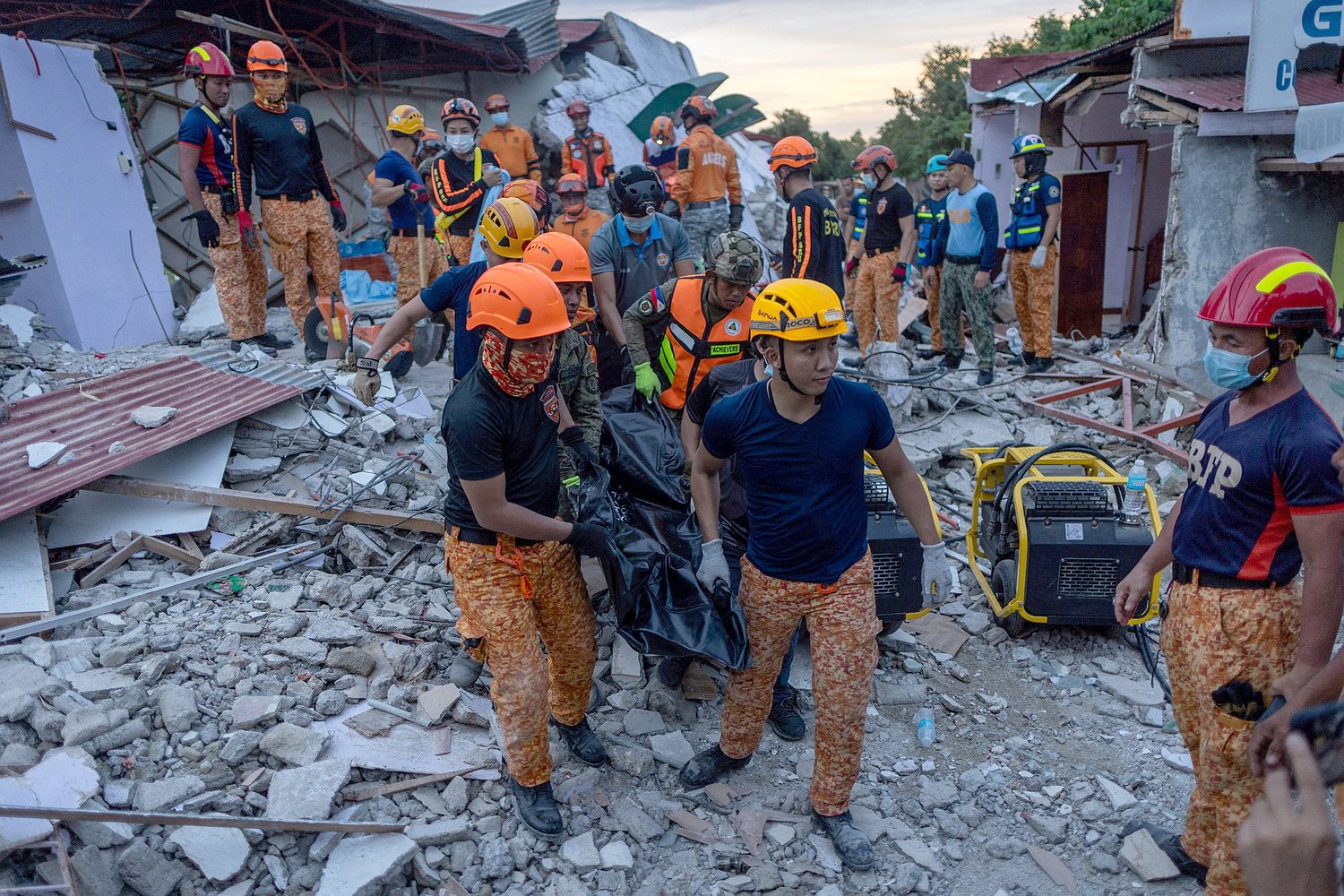
Donations will support survivors of the Cebu quake by providing emergency shelter, medical treatment, search‑and‑rescue operations, and psychological counseling. Funds will also assist rebuilding homes, restoring infrastructure, supplying clean water, and offering relief grants to displaced families. Contributions can go through trusted Philippine relief agencies, local disaster funds, and international humanitarian organizations.
Late on September 30, 2025, a powerful magnitude 6.9 earthquake struck off the coast of northern Cebu, Philippines, causing devastation across the Visayas region. The quake is the deadliest the country has seen in over a decade, with at least 72 confirmed deaths and hundreds injured. Whole communities are overwhelmed; bridges and roads collapsed, historic churches crumbled, and power outages left many in darkness. Thousands of residents are displaced, living in temporary shelters or outdoors. Search teams are still combing through rubble, racing to rescue survivors amid ongoing aftershocks and infrastructure failures.
Just before 10 p.m. local time on September 30, a shallow magnitude 6.9 earthquake roared through the Visayas, centered off northern Cebu. Because the quake was very shallow, its energy caused widespread destruction across neighboring municipalities such as Bogo, San Remigio, Medellin, Tabogon, and surrounding towns. In many places, walls collapsed, roofs caved in, and entire buildings were leveled. Among the structures lost were century-old churches and key municipal infrastructures—bridges and roads were damaged, cutting off access to remote communities.
Authorities confirmed at least 72 fatalities and over 294 injuries. Dozens more are still unaccounted for, feared trapped under rubble. The quake left more than 170,000 people affected, with tens of thousands displaced. Infrastructure damage is extensive: nearly 600 homes were destroyed or heavily damaged, school buildings and public facilities were compromised, and power outages spread across forty‑plus towns. Local hospitals are overwhelmed, with many patients being treated in makeshift tents or outdoors due to aftershock risks.
Relief operations are underway, with the national government declaring a state of calamity in Cebu. Emergency response teams from the military, civil defense, and disaster management agencies have deployed search and rescue personnel, medical teams, and relief supplies. International offers of assistance have been extended from neighboring countries. The quake’s timing at night contributed to the high human toll, catching many asleep in vulnerable structures. Aftershocks continue to rattle the region, impeding operations and stoking fear among residents. As rescue gives way to recovery, priorities shift toward rebuilding, structural assessments, mental health support, and restoring essential services.